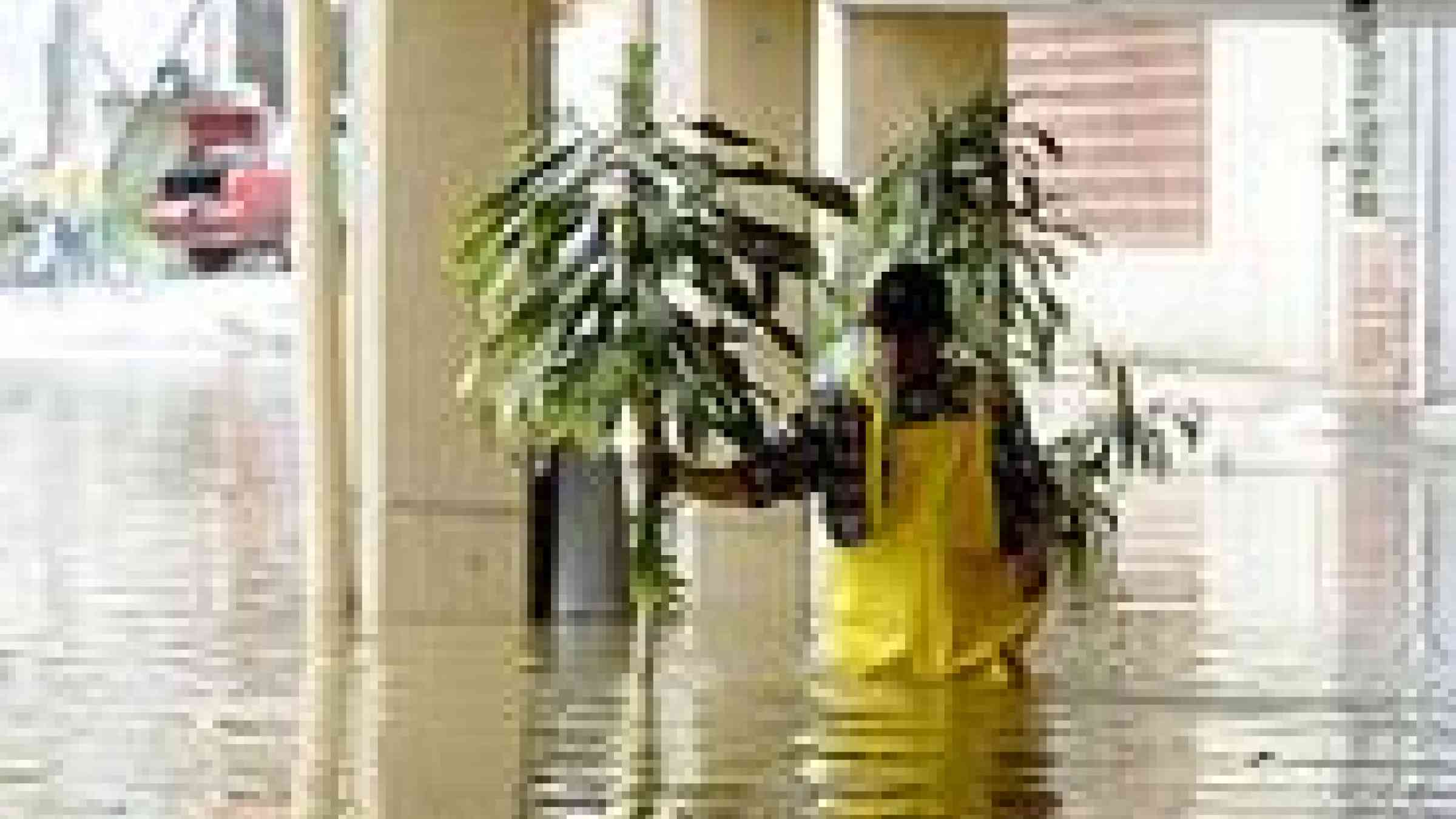Please help us improve PreventionWeb by taking this brief survey. Your input will allow us to better serve the needs of the DRR community.
Enhancing local capacities for disaster preparedness in Colombia: Plan Germany starts new project

Photo by Globovision CC BY-NC 2.0 http://www.flickr.com/photos/globovision/5673822832
In an joint effort to enhance local capacities for disaster preparedness and disaster management in the disaster prone department of Chocó, Colombia, Plan Germany and Fundación Plan have launched an 18 month project covering 10 communities in the municipalities of Istmina, Quibido and Medio San Juan. The Federal Republic of Germany is contributing 210,389 Euros of the total project cost of 247,516 Euros via the German Federal Foreign Office.
The climate phenomena “La Niña“ has been held accountable to heavy rainfalls that even worsened with the start of hurricane season and led to flooding levels not yet known to Colombia. From April 2010 until April 2011 these rainfalls left 981 persons dead and 477 injured. A total of 2,000,000 persons were affected by the floods, 320,000 of these were children. Flooding and landslides damaged a total of 359,184 houses. The second rainy season began in September 2011 and the subsequent flooding and landslides affected about 964,165 persons, leaving a total of 182 dead and 137 injured.
The department Chocò runs an especially high risk for natural disasters and has been deeply affected by armed conflict. The prolonged internal conflict between state military, paramilitary groups and guerrilla fighters aggravated the vulnerability of Colombian communities as they were deprived of chances for economic development, institutional capacity building of municipalities and disaster risk reduction strategies. This all leads to the fact that these communities are especially vulnerable to disasters and their effects.
The departments Istmina, Quibdó and Medio San Juan are located in a region with especially high preticipation rate of an average of 8,000 mm per year and widespread hydrographic systems. The municipalities regularly suffer from moderate to severe earthquakes, flooding, landslides and the effects of climate change.
Even though the project regions are regularly threatened by these disasters, the population is not well prepared to cope with them, knowledge on disaster risk reduction activities is limited. National Disaster prevention systems such as the Sistema Nacional para la Prevención y Atención de Desastres (SNPAD) which have proven their efficiency on national and regional level have still not sufficiently been translated into local level structures. All this amounts to a lack of capacity to react and prevent disasters. Communities are found to be more reactive than active and highly dependent in external interventions. The project is addressing this need for capacity building with regard to disaster preparedness in schools, communities and municipalities.
Disaster Preparedness Teams will be established and trained on Disaster Preparedness, Search and Rescue as well as First Aid and receive basic emergency equipment like shovels, ropes and First Aid Kits. Risk maps and emergency plans will be developed in communities and schools and signs posted on evacuation routes; emergency simulations will be planned, conducted and evaluated.
Project equipment such as flag signals, sirens and devices to determine water levels will be installed in carefully selected locations in order to create early warning systems that are in line with SNDAP rules and regulations and allow the integration into existing systems. Disaster Preparedness Teams are trained on the use of the early warning information. This will contribute to improved reaction capacity in the communities.
At the beginning of the project awareness raising and sensitisation activities will be conducted involving all 10 communities.
All project activities will be conducted in a participative manner and in close cooperation with relevant local authorities. A total of 500 people will be participating in the Disaster Preparedness Teams while the project region’s total population of more than 32,534 people will benefit from the increased resilience of their communities and the establishment of early warning systems.
Explore further
Please note: Content is displayed as last posted by a PreventionWeb community member or editor. The views expressed therein are not necessarily those of UNDRR, PreventionWeb, or its sponsors. See our terms of use
Is this page useful?
Yes No Report an issue on this pageThank you. If you have 2 minutes, we would benefit from additional feedback (link opens in a new window).